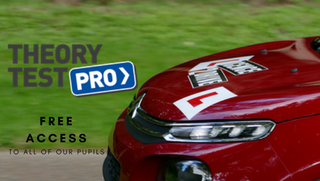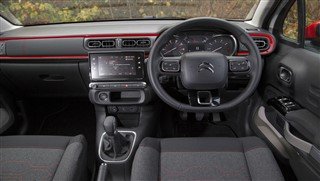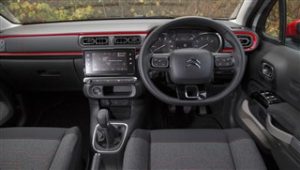
How to Pass The Theory Test
So you have started learning to drive (with Licence2Drive!), and the time has come to book your theory test. You obviously can’t take the practical test without passing the theory test first, so it is important to pass it quickly.
The information you learn is designed to make you a safer driver in the long term, so it is essential to give it your all. Plus it costs money, so the faster you pass, the cheaper it will be.
There are a couple of things you can do to help you take theory test with confidence. The first one being revise.
REVISION, REVISION, REVISION
We can honestly not tell you this enough. You may be a confident student when it comes to the practical side of driving but if you have not prepared for the theory test, it is unlikely that you will pass first time.
You will need to achieve a pass mark of 43 out of 50 in the multiple choice part of the test. That is 50 questions out of a possible 1000, so it pays to do as many practice tests as possible.
There are lots of apps you can download to your mobile, so regardless of where you are you can sneak another practice test! Go back and review the ones you got wrong, and answer them again and again until they stick.
When you book with Licence2Drive, you will receive free access to Theory Test Pro – saving you the cost of paying for other revision materials – so you will be able to take multiple tests featuring the official DSA (Driving Standards Agency) questions.
PRACTICE, PRACTICE, PRACTICE
Once you have completed the multiple choice part of the theory test, you will move on to the hazard perception test. A total of 14 clips will play and you will be asked to click when you see a hazard developing. The earlier the click the higher you score out of five.
To pass this part of the test, a score of 44 out of 75 will have to be achieved. Again, practice makes perfect!
The Theory Test Pro will also enable you to give a range of hazard perception clips a go. Keep going back to them repeatedly and make sure you are aware of what is going on around you. Preparation is key.
BE PREPARED
If you have revised lots, and practiced your hazard perception tests, you should be able to walk into the test centre full of confidence. However, it would not be unusual if the nerves creeped in a little bit. We are all human after all!
If you have prepared, believe in yourself. Take some deep breaths, and make sure you get a good night of sleep before you head off for your test.
You will be told whether you have passed or failed almost immediately after you have completed the theory test. Once you have passed, you can then work with your instructor on getting ready for the practical side of the test.
BUT WHAT IF I HAVE FAILED?
Don’t panic. You will need to wait a few days before you are able to book it again, but then you can start revising and practicing again.
There is no limit on how many times you can take it, but the longer you take to pass the theory test, the longer it will take until you get to book in for your practical test.
Your instructor will be able to give you any assistance and support if you need it.
You can book your theory test here.
GOOD LUCK!




Recent Comments